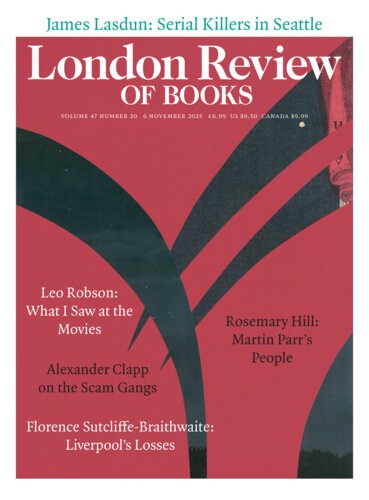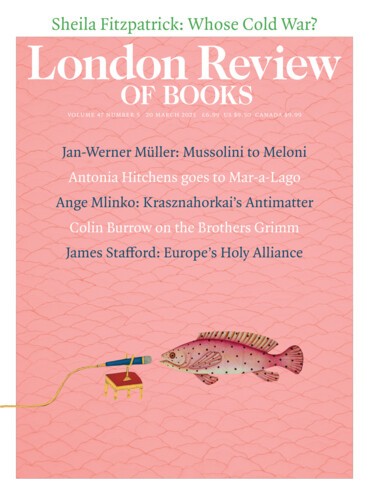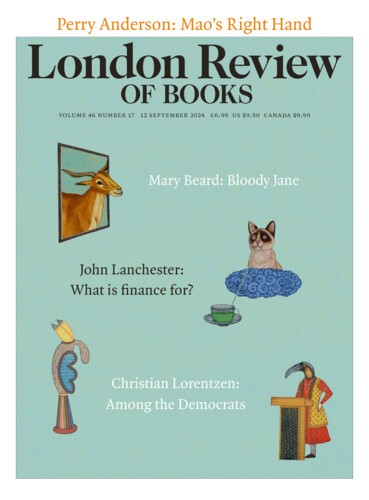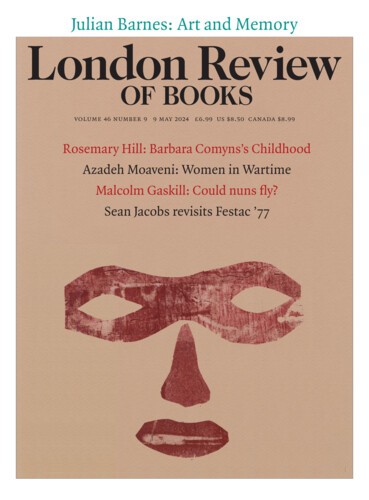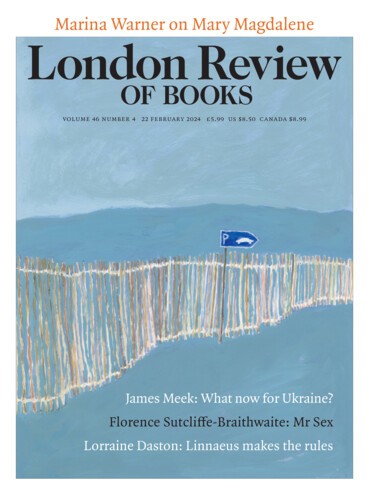Hoodoo Man: Dr John and ‘Gris-Gris’
Francis Gooding, 6 November 2025
Most people in most places, past and present, have seen magic as a part of life: potentially dangerous but certainly efficacious, an essential, everyday means of getting things done. A good-luck charm, a visit to the shaman, a love spell, a holy talisman, a lock of hair, a photograph of someone you love: who truly believes such things are without meaning? But does any of it really work?
A...
